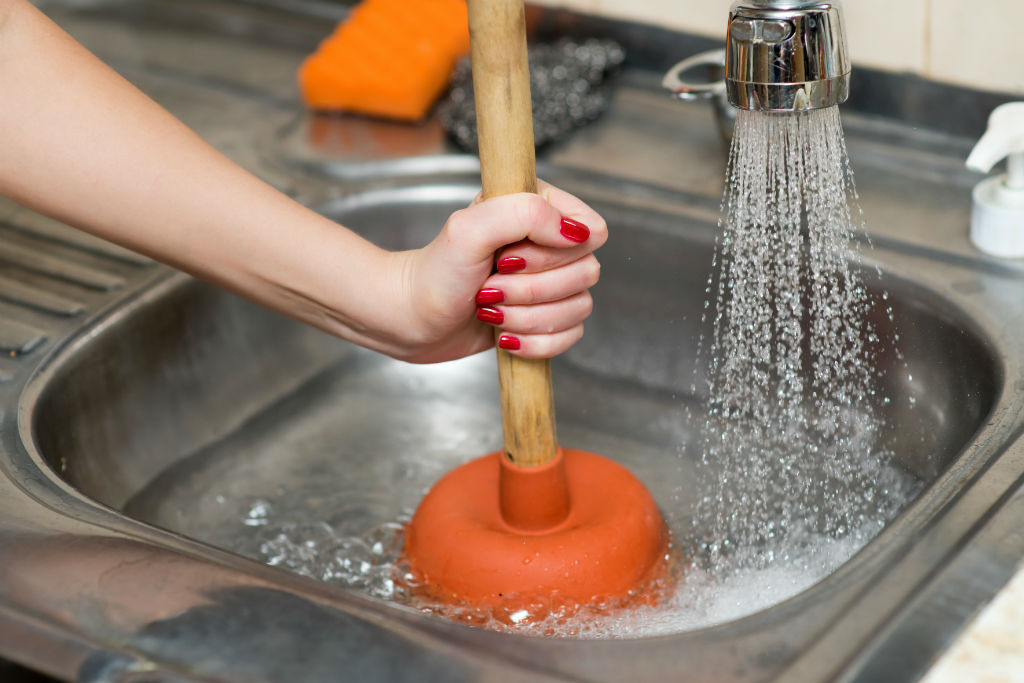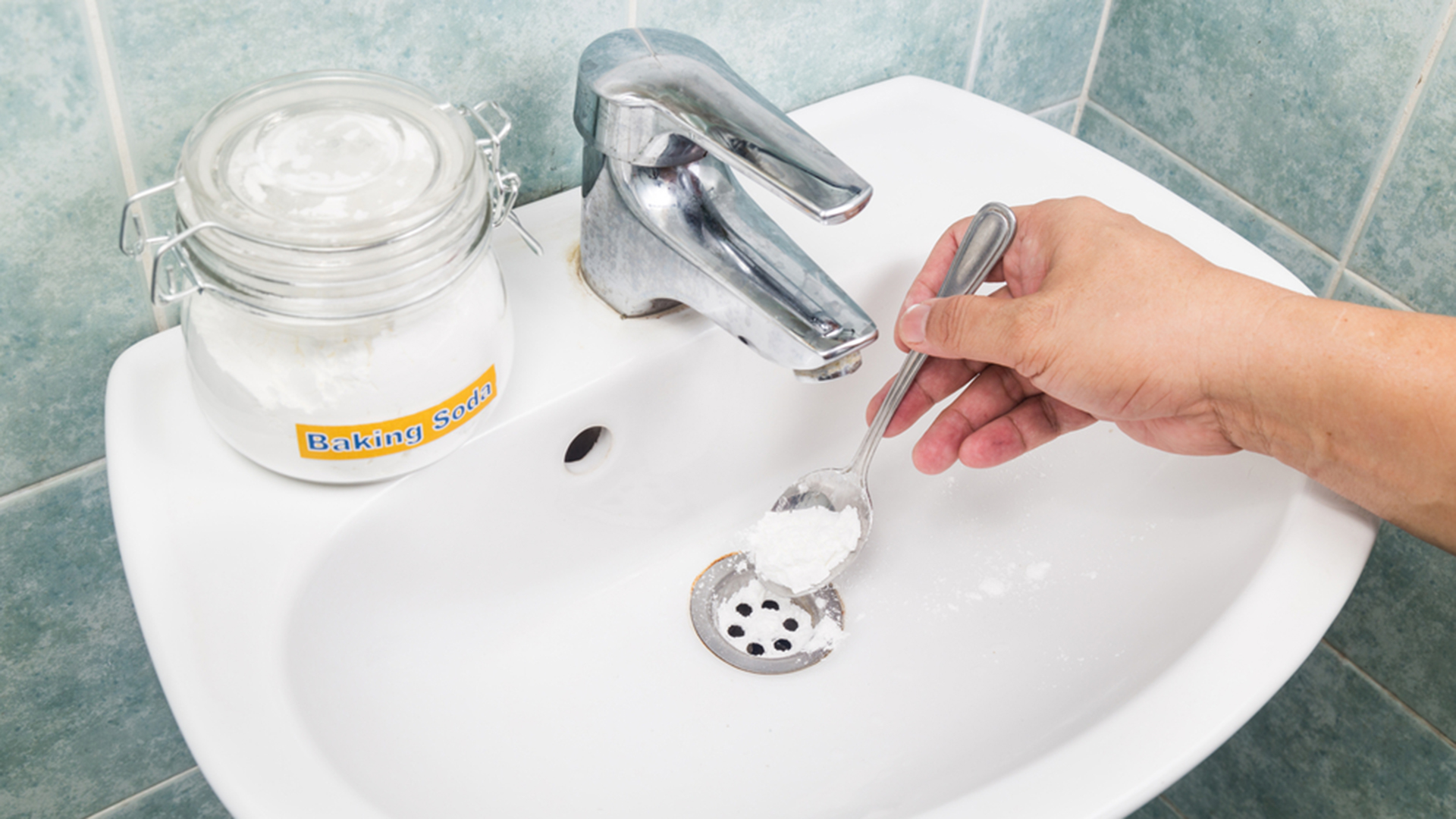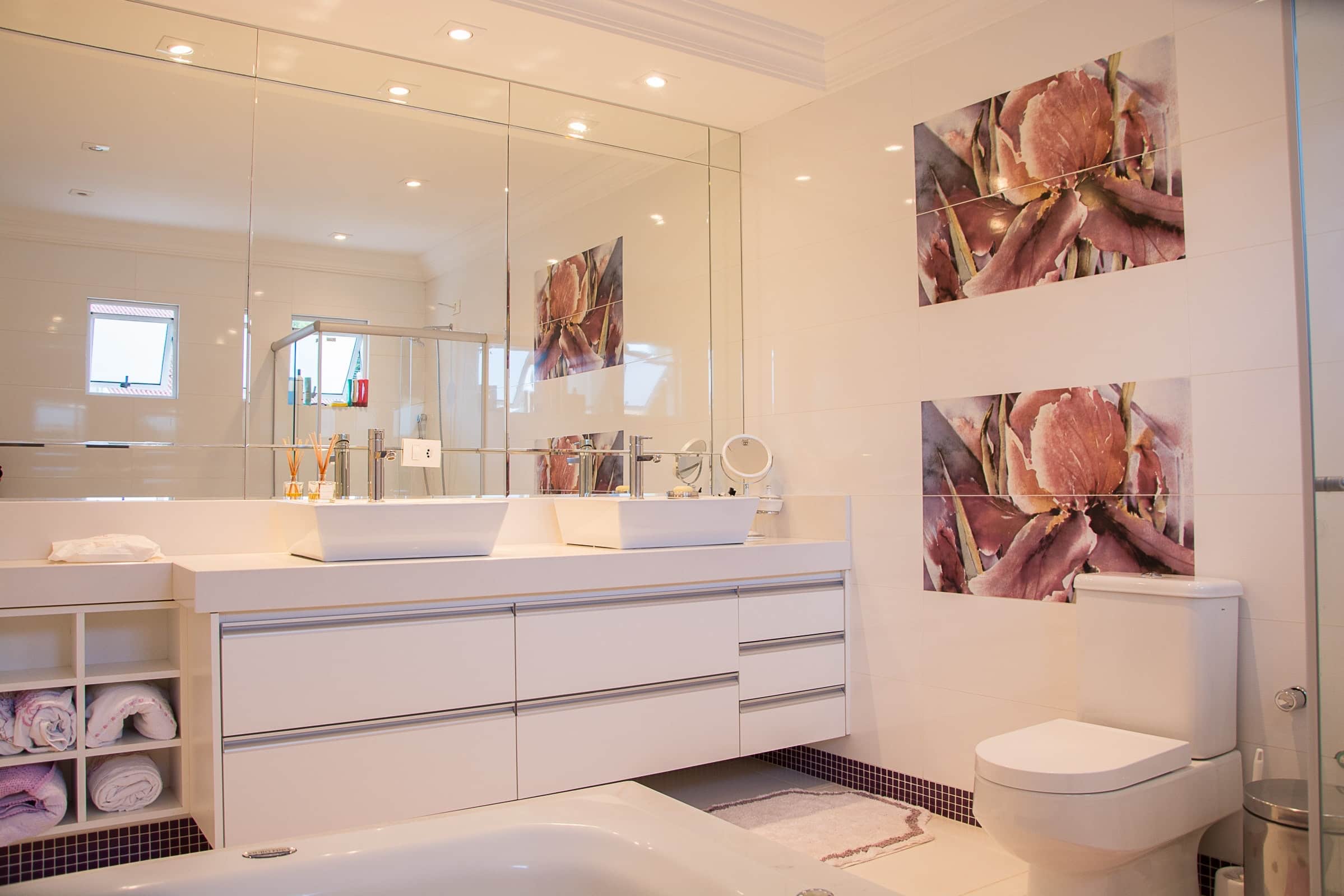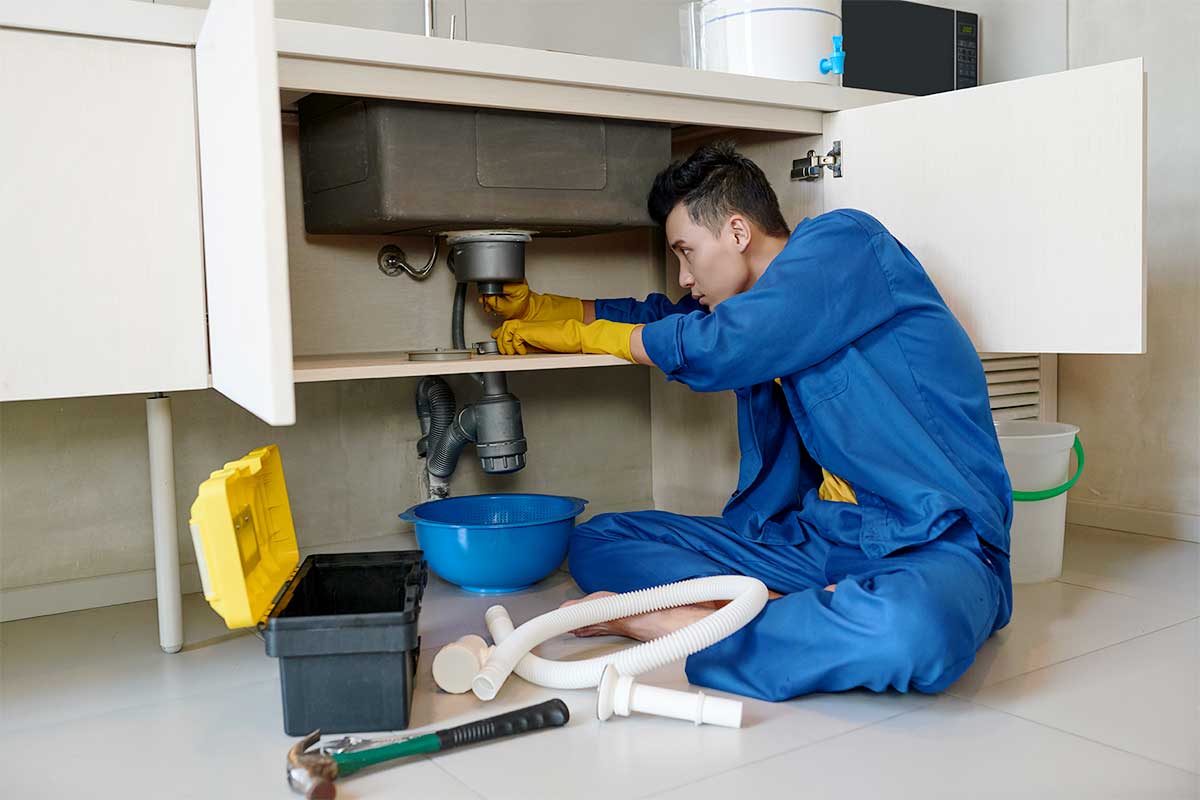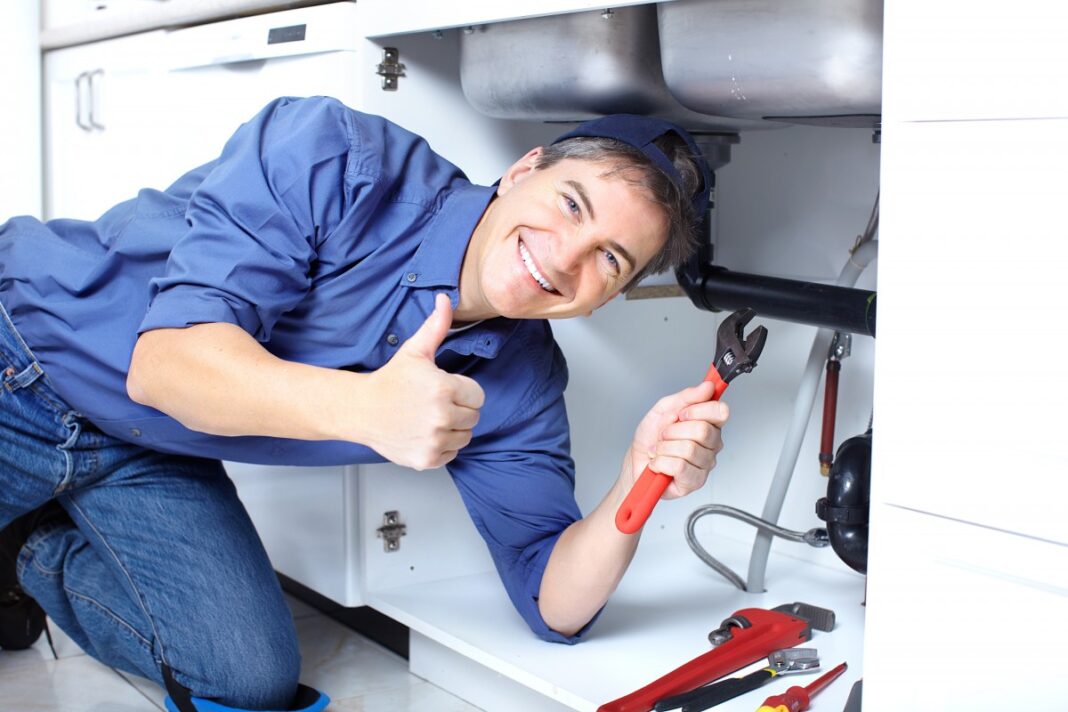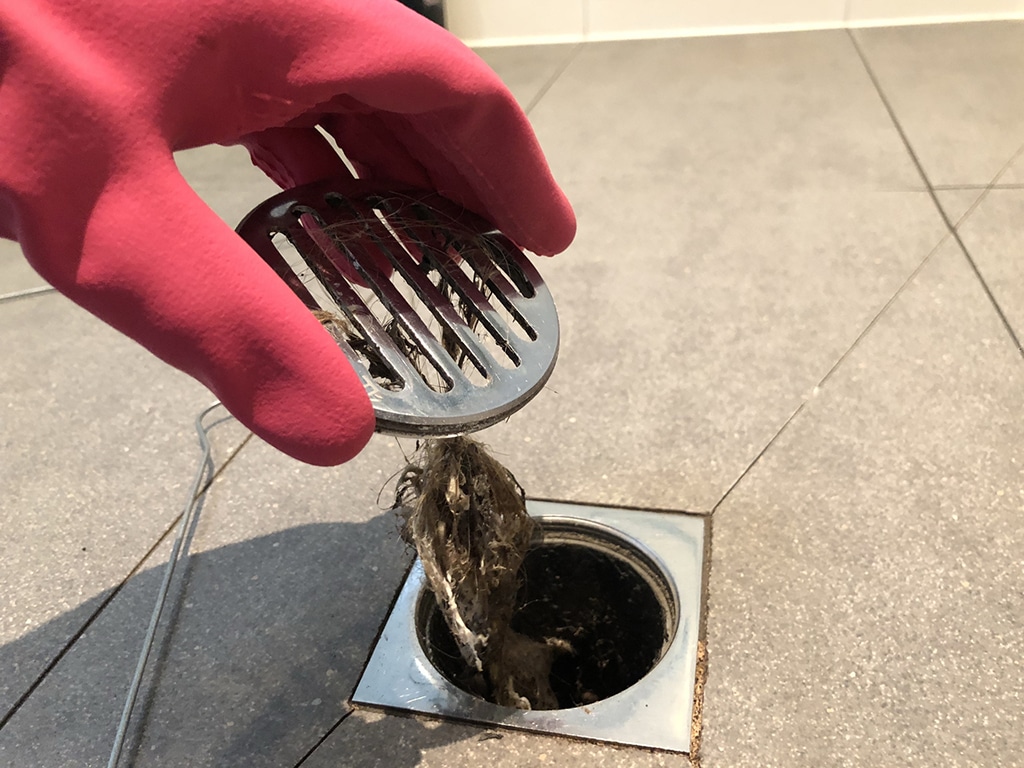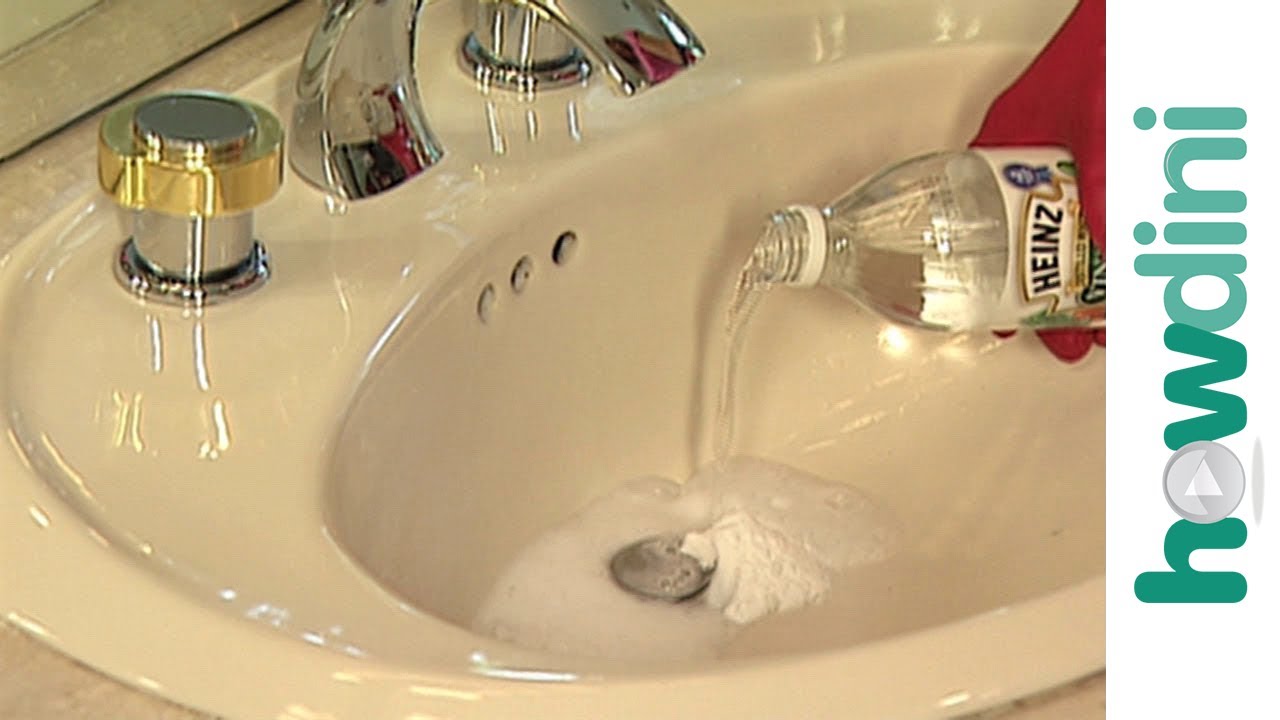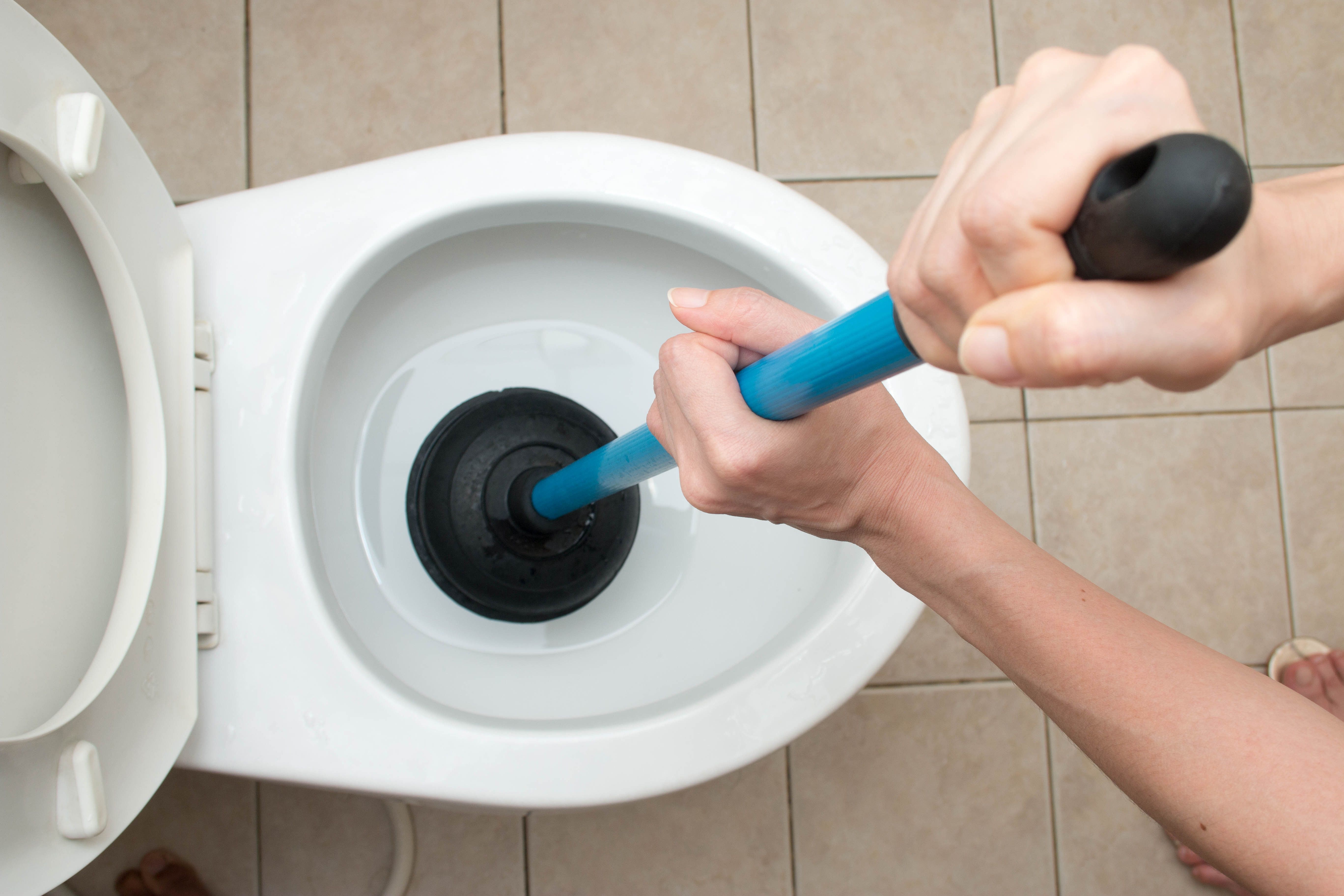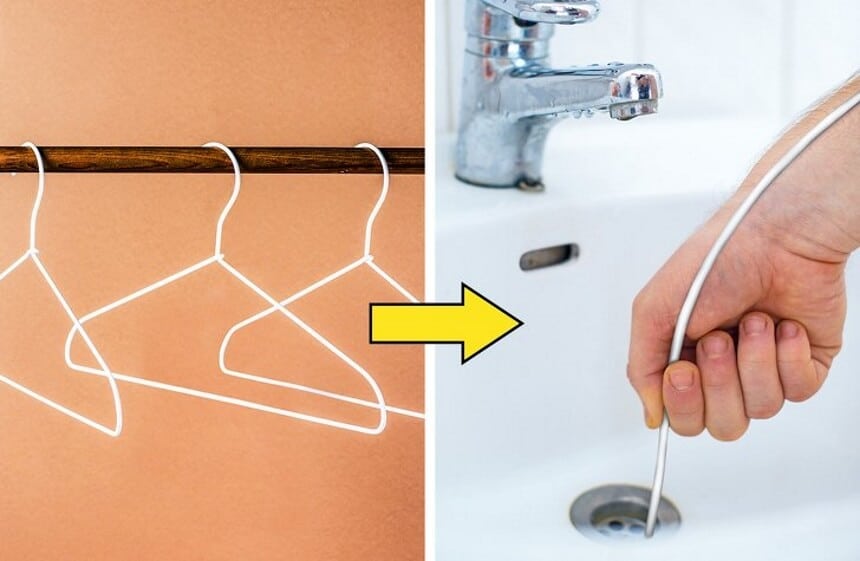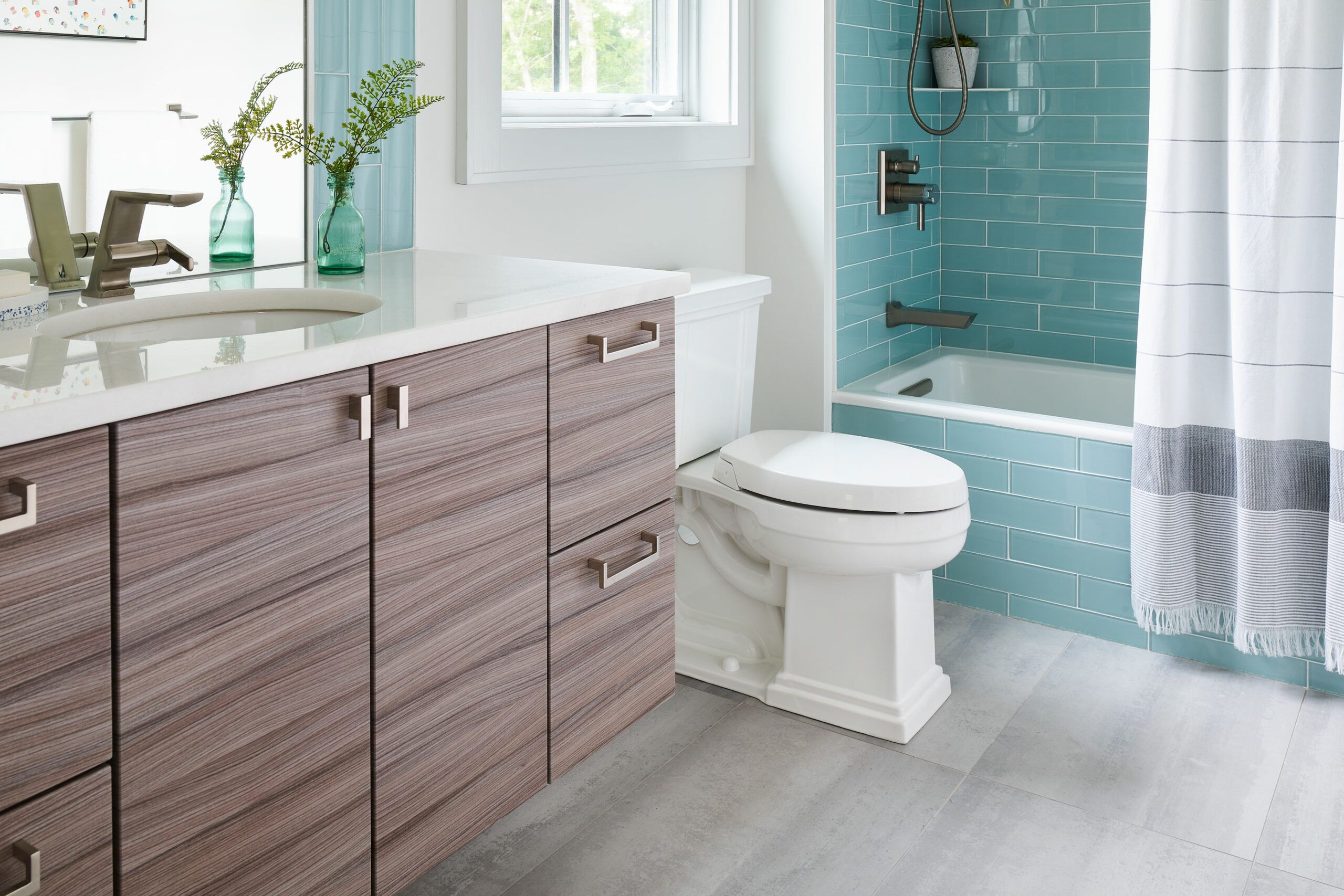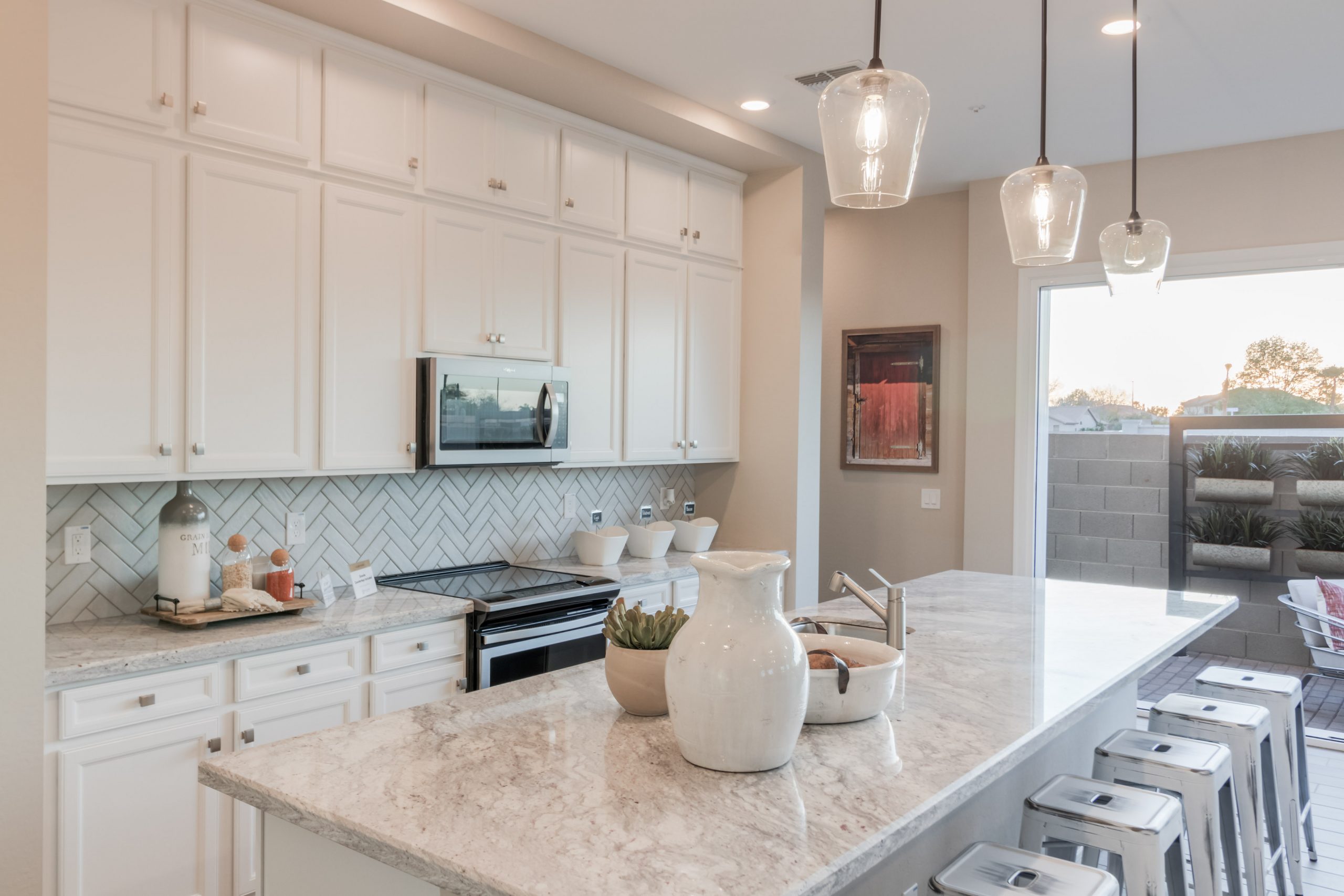If you've noticed that your bathroom sink is draining slowly or not at all, it may be clogged. Clogs in bathroom sinks are a common household problem and can be caused by a variety of factors. Fortunately, there are several DIY solutions you can try to unclog your bathroom sink and get it back to working properly.Unclogging a Bathroom Sink
Before you begin trying to unclog your bathroom sink, it's important to determine the cause of the clog. Hair, soap scum, and toothpaste are common culprits for clogs in bathroom sinks. You can use a flashlight to look down the drain and see if you can spot the clog. If you can see the clog, you can use a pair of pliers or a bent wire hanger to try and pull it out. However, if the clog is deeper in the pipes, you may need to try other methods to clear it.How to Fix a Clogged Bathroom Sink
If you don't have a plunger on hand, you can make your own using a small, plastic bottle. Cut off the top of the bottle and use it as a makeshift plunger to try and push the clog through the pipes. You can also try using a combination of baking soda and vinegar to create a natural reaction that can help break up the clog. Another DIY solution is to use a plumbing snake, also known as an auger, to manually remove the clog. Insert the snake into the drain and twist it to try and grab onto the clog and pull it out. This method may require a bit more effort and patience, but it can be effective for tougher clogs.DIY Bathroom Sink Clog Solutions
If the above methods don't work, you may need to physically remove the drain stopper to access the clog. This can be done by unscrewing the drain stopper from the bottom of the sink or by removing the overflow plate and pulling the stopper out from above. Once the stopper is removed, you can use a tool like a drain stick or a bent wire hanger to try and remove the clog.Clearing a Clogged Bathroom Sink Drain
If none of the DIY solutions seem to work, there may be a more serious issue with your plumbing. It's possible that there could be a blockage further down the pipes or even a broken pipe. In these cases, it's best to call a professional plumber who can properly diagnose and fix the problem.Troubleshooting a Clogged Bathroom Sink
To avoid dealing with a clogged bathroom sink in the future, there are a few preventative measures you can take. Installing a hair catcher in the drain can help prevent hair from going down and causing clogs. You can also try to limit the amount of hair, toothpaste, and soap scum that goes down the drain by wiping down the sink after each use.Tips for Preventing a Clogged Bathroom Sink
As mentioned earlier, hair, soap scum, and toothpaste are common causes of clogs in bathroom sinks. However, other factors such as foreign objects, excess toilet paper, and even tree roots can also cause clogs. Making sure to only flush toilet paper and disposing of other items properly can help prevent clogs in your bathroom sink.Common Causes of a Clogged Bathroom Sink
If you're not comfortable trying to unclog your bathroom sink on your own, or if the clog seems to be persistent, it's best to call a professional plumber. They have the tools and expertise to properly diagnose and fix the issue, saving you time and frustration.Professional Plumbing Services for a Clogged Bathroom Sink
If you prefer to use natural methods to unclog your bathroom sink, there are a few options you can try. Pouring boiling water down the drain can help break up and flush away the clog. You can also try using a mixture of salt, baking soda, and vinegar to create a natural reaction that can help loosen the clog.Natural Remedies for a Clogged Bathroom Sink
The plunger is a common tool used for unclogging toilets, but it can also be effective for unclogging bathroom sinks. Start by filling the sink with enough water to cover the top of the plunger. Place the plunger over the drain and push and pull several times to create suction. This can help push the clog through the pipes and allow the water to drain freely. By following these tips and methods, you should be able to unclog your bathroom sink and get it back to working properly. Remember to be patient and try multiple methods if needed. If the clog persists, don't hesitate to call a professional plumber for assistance. With proper maintenance and care, you can help prevent future clogs and keep your bathroom sink running smoothly.How to Use a Plunger to Unclog a Bathroom Sink
The Importance of a Well-Functioning Bathroom Sink in House Design

The Clogged Sink Dilemma
 When it comes to house design, every aspect plays a crucial role in creating a functional and comfortable living space. One often overlooked feature is the bathroom sink. We tend to take it for granted until it becomes clogged, causing a major inconvenience. A clogged sink can hinder daily activities and disrupt the overall flow and functionality of a bathroom. This is why it is important to address this issue promptly to prevent further complications.
Bathroom Sink: The Centerpiece of the Bathroom
The bathroom sink is not just a functional feature, but it also serves as a centerpiece in the overall design of a bathroom. It is the first thing that catches the eye when entering the bathroom, and a clogged sink can ruin the entire aesthetic of the space. This is why it is essential to keep the sink in good working condition, not only for practical purposes but also for the overall appeal of the bathroom.
The Importance of Proper Drainage
A clogged sink is often a result of improper drainage, which can lead to a buildup of debris and hair in the pipes. This not only causes the sink to clog but can also lead to foul odors and potential water damage. In addition, standing water in a clogged sink can become a breeding ground for bacteria, creating an unhygienic environment. This highlights the significance of having a well-functioning bathroom sink with proper drainage in any house design.
The Role of Maintenance in House Design
Proper maintenance is key in ensuring that a bathroom sink functions properly. Regular cleaning and clearing of debris can prevent clogs and keep the sink in good condition. In addition, installing a drain stopper can also help prevent debris from going down the drain and causing clogs. It is also important to address any leaks or slow drainage immediately to prevent further damage and maintain the optimal functionality of the sink.
When it comes to house design, every aspect plays a crucial role in creating a functional and comfortable living space. One often overlooked feature is the bathroom sink. We tend to take it for granted until it becomes clogged, causing a major inconvenience. A clogged sink can hinder daily activities and disrupt the overall flow and functionality of a bathroom. This is why it is important to address this issue promptly to prevent further complications.
Bathroom Sink: The Centerpiece of the Bathroom
The bathroom sink is not just a functional feature, but it also serves as a centerpiece in the overall design of a bathroom. It is the first thing that catches the eye when entering the bathroom, and a clogged sink can ruin the entire aesthetic of the space. This is why it is essential to keep the sink in good working condition, not only for practical purposes but also for the overall appeal of the bathroom.
The Importance of Proper Drainage
A clogged sink is often a result of improper drainage, which can lead to a buildup of debris and hair in the pipes. This not only causes the sink to clog but can also lead to foul odors and potential water damage. In addition, standing water in a clogged sink can become a breeding ground for bacteria, creating an unhygienic environment. This highlights the significance of having a well-functioning bathroom sink with proper drainage in any house design.
The Role of Maintenance in House Design
Proper maintenance is key in ensuring that a bathroom sink functions properly. Regular cleaning and clearing of debris can prevent clogs and keep the sink in good condition. In addition, installing a drain stopper can also help prevent debris from going down the drain and causing clogs. It is also important to address any leaks or slow drainage immediately to prevent further damage and maintain the optimal functionality of the sink.
In conclusion,
 The bathroom sink may seem like a small component in house design, but it plays a significant role in the overall functionality and aesthetic of a bathroom. A clogged sink can cause major inconveniences and even lead to potential health hazards if not addressed promptly. Therefore, it is important to give proper attention and maintenance to the bathroom sink to ensure it remains a functional and visually appealing feature in any house design.
The bathroom sink may seem like a small component in house design, but it plays a significant role in the overall functionality and aesthetic of a bathroom. A clogged sink can cause major inconveniences and even lead to potential health hazards if not addressed promptly. Therefore, it is important to give proper attention and maintenance to the bathroom sink to ensure it remains a functional and visually appealing feature in any house design.









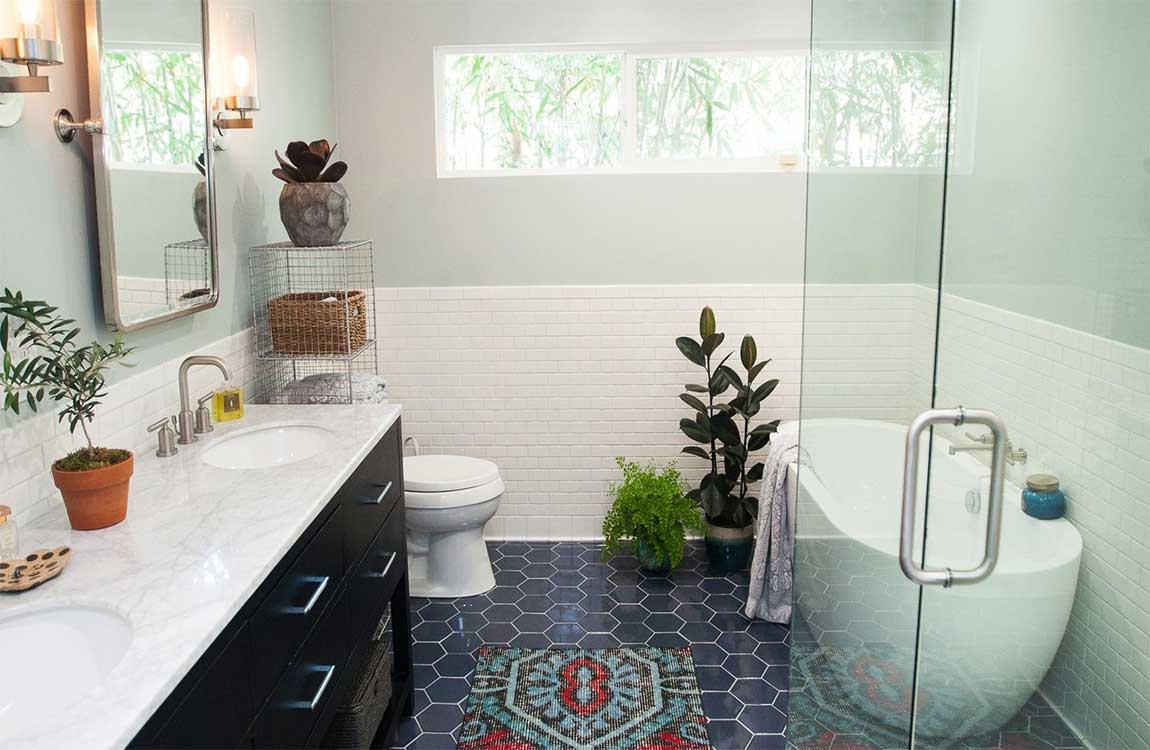

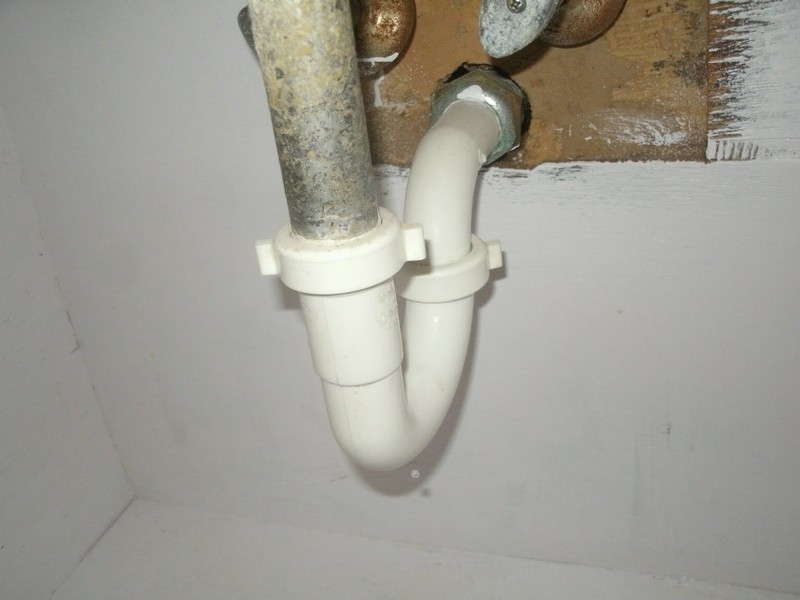


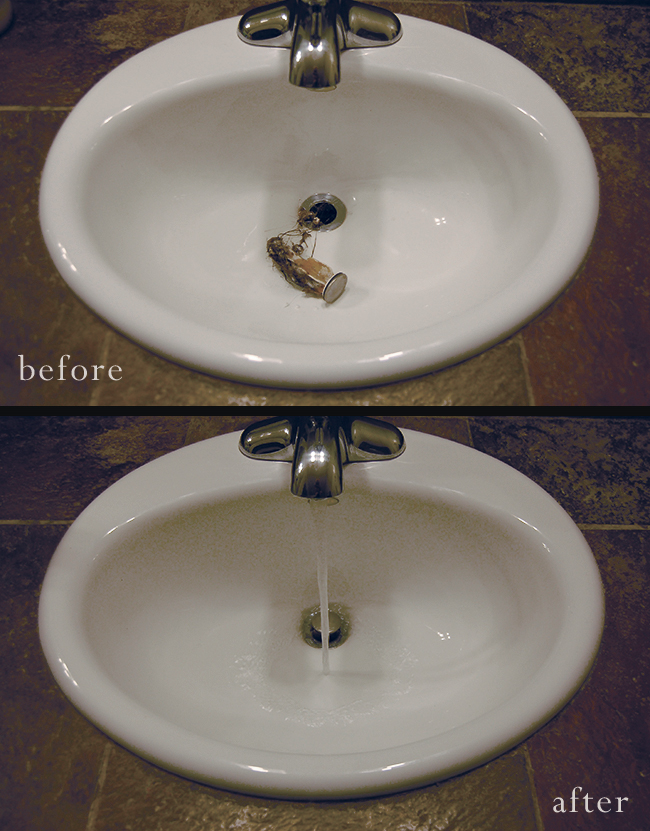









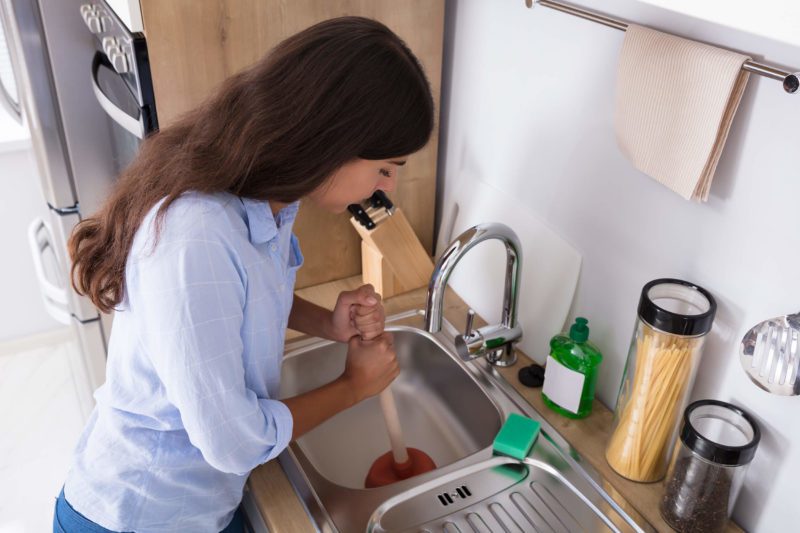











:max_bytes(150000):strip_icc()/freshen-and-unclog-drain-with-baking-soda-1900466-22-bbf940b70afa4d5abef0c54da23b1d3f.jpg)
